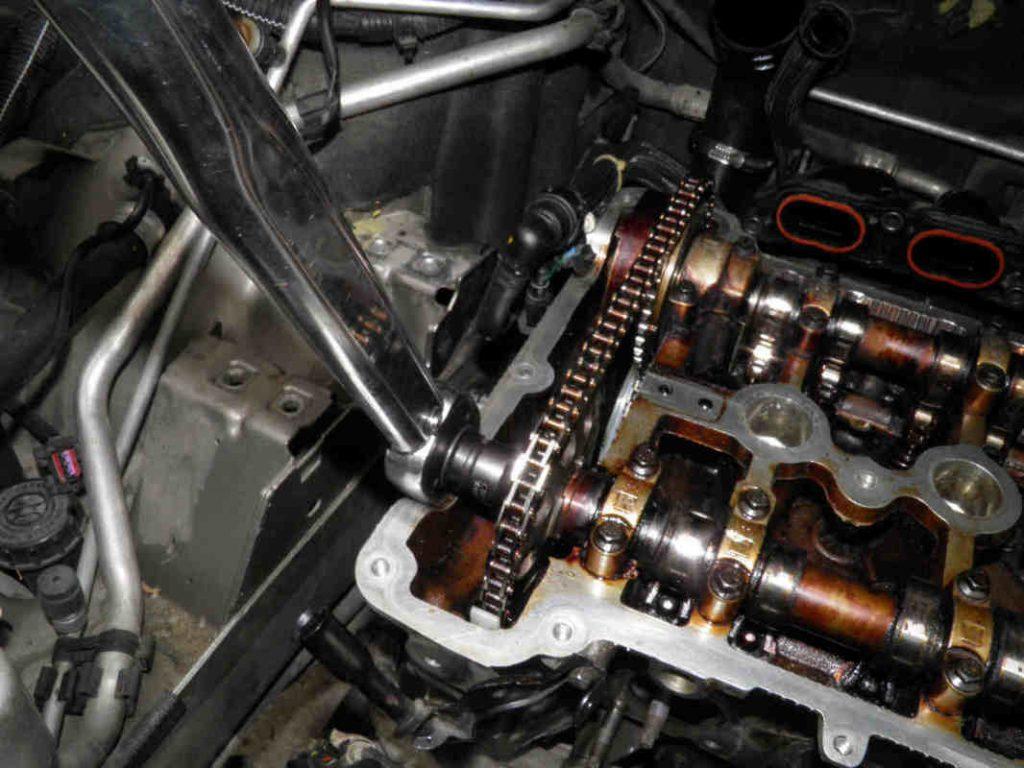
Overheated engines and oil leaks are the two biggest causes of timing belt failure. To keep your timing belt in good condition longer, it is important that your engine is doesn’t run too hot or leaks oil. The main consequence of a bad timing belt is your valves staying open and getting struck by the piston.

If your timing belt doesn’t function properly, then it could cause permanent or expensive damage to your engine. These materials are made to last for a long time.Ī failing timing belt is worse than a failing serpentine belt. The belt itself is made from durable materials, such as welded urethane, neoprene, or molded polyurethane. The space between each pair of teeth is called the pitch. The inside surface of the timing belt is where the teeth are located. But in every engine, the timing belt’s main job is to keep the camshaft and crankshaft connected with its teeth. In certain types of internal combustion engines, the timing belt may also help run the oil pump and water pump of the engine. More importantly, it allows the camshaft to open and close the intake valve and exhaust valve at the appropriate times. It helps move the camshaft at times when the gears are unable to do it. The timing belt is located inside of your engine. See Also: Common Causes of Serpentine Belt Squealing Noise Timing Belt So, you won’t need to worry too much about the labor costs either. Even if you need to go to a mechanic to have them replace your serpentine belt, the job is fast and simple. In other cases, the tensioner may be putting the wrong amount of tension on the serpentine belt, resulting in a misaligned belt.įortunately, serpentine belts are cheap to replace.

The serpentine belt will usually fail due to age but also if coolant or oil from within the engine leaks out onto it. If the serpentine belt were to fail for some reason, then all these peripheral engine accessories would malfunction or stop working altogether.Ī failing serpentine belt will cause your engine to overheat and eventually stop running. Not only is it a continuous snake-like belt, but it coils on these other accessories to provide them with power. The reason why it is called the “serpentine” belt is the belt acts like a snake. The most important accessories of your car engine depend on the serpentine belt for their power needs. It is long, black, thin, rubbery, and ribbed on the outside. If you’re looking at your engine block, the serpentine belt is often easy to notice from the front. It is located on the exterior of the engine block. The serpentine belt is a very long single belt which runs continuously. Let’s explore why these functions are so important to your vehicle. The serpentine belt takes mechanical power from the engine and transmits it to several peripheral devices of the vehicle, such as the water pump, power steering pump, alternator, air pump, oil pump, and air conditioning compressor.Ī timing belt, on the other hand, is responsible for keeping the camshaft and crankshaft movements synchronized.

Please see this article for how they differ: Timing Belt vs Timing Chain Note: Some vehicles use a timing chain instead of a timing belt.

As they’re running, they assist other components of the vehicle. In fact, the engine must be running for these belts to run as well. However, the serpentine belt and timing belt serve two completely different purposes.īut they both are important parts of the internal combustion engine. Sometimes these two names are used interchangeably by people. Most car owners don’t understand the difference between the serpentine belt and the timing belt.


 0 kommentar(er)
0 kommentar(er)
